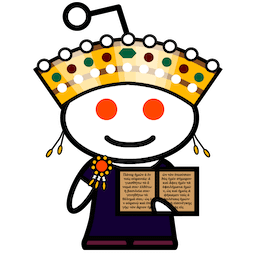
What year did europe travel to south america
## When Europe Set Sail for South America: A Historical Journey
Introduction:
The encounter between Europe and South America marked a pivotal moment in world history. The arrival of European explorers in the New World unleashed a chain of events that would forever alter the destiny of both continents. This article delves into the chronological journey of European expeditions to South America, tracing the milestones that paved the way for the transatlantic connection.
### Age of Exploration: The 15th Century
The Age of Exploration ignited a surge of European maritime ventures. In search of new trade routes and riches, intrepid navigators embarked on perilous expeditions across uncharted waters. By the mid-15th century, Portugal had become a leading force in exploration, its sailors venturing along the West African coast.
Columbus’s Voyages: 1492-1504
In 1492, Christopher Columbus set sail from Spain with the audacious goal of reaching Asia by sailing westward. Guided by his erroneous calculations, Columbus instead stumbled upon the islands of the Caribbean, which he mistook for the Indies. His subsequent voyages further explored Central and South America, paving the way for European claims in the New World.
### 16th Century: Conquest and Colonization
The success of Columbus’s expeditions sparked a wave of European exploration and conquest in South America. Spain and Portugal emerged as the dominant powers, establishing vast empires that spanned the continent.
– Spaniards Conquer the Aztec and Inca Empires (1519-1533): Hernán Cortés and Francisco Pizarro led expeditions that toppled the mighty Aztec and Inca civilizations, bringing their territories under Spanish rule.
– Portuguese Establish a Trading Post in Brazil (1500): Pedro Álvares Cabral landed on the Brazilian coast and claimed it for Portugal, laying the foundation for a colony that would eventually become the largest country in South America.
### 17th-18th Centuries: Trade, Immigration, and Resistance
The colonial era in South America witnessed a complex interplay of trade, immigration, and resistance.
– European Powers Compete for Dominance: Spain and Portugal competed for control of South American territories, leading to conflicts and alliances with indigenous populations.
– Slave Trade and Labor: The European demand for labor fueled the transatlantic slave trade, which transported millions of Africans to work on plantations and mines in South America.
– Indigenous Resistance and Cultural Exchange: Indigenous societies fiercely resisted European encroachment, while also engaging in cultural exchange and forging alliances with various European groups.
### 19th Century: Independence and Nation-Building
The early 19th century witnessed the rise of independence movements across South America. Inspired by Enlightenment ideals and the success of the American Revolution, Creole elites and indigenous leaders challenged European rule.
– South American Wars of Independence (1810-1826): A series of wars erupted, led by visionary figures such as Simón Bolívar and José de San Martín, resulting in the independence of several South American states.
– Formation of New Nations: The defeat of European powers gave birth to new nations such as Argentina, Brazil, Chile, and Peru, each with its own unique political and cultural identity.
### 20th-21st Centuries: Interdependence and Cooperation
In the 20th and 21st centuries, South America and Europe have evolved into interdependent partners.
– Economic Cooperation: The European Union (EU) and South America have established trade agreements and economic partnerships, fostering mutual growth and development.
– Cultural Exchange: Migration, education, and tourism have facilitated a rich exchange of ideas, customs, and traditions between Europe and South America.
– Environmental Cooperation: Both continents face common environmental challenges such as climate change and deforestation, which they address through joint efforts and partnerships.
### Conclusion:
The journey of European exploration and conquest in South America is a complex and multifaceted story marked by both progress and conflict. The initial encounters between Europe and South America forever altered the course of history, shaping the destinies of both continents. Today, Europe and South America maintain a vibrant connection rooted in centuries of shared experiences and mutual respect.